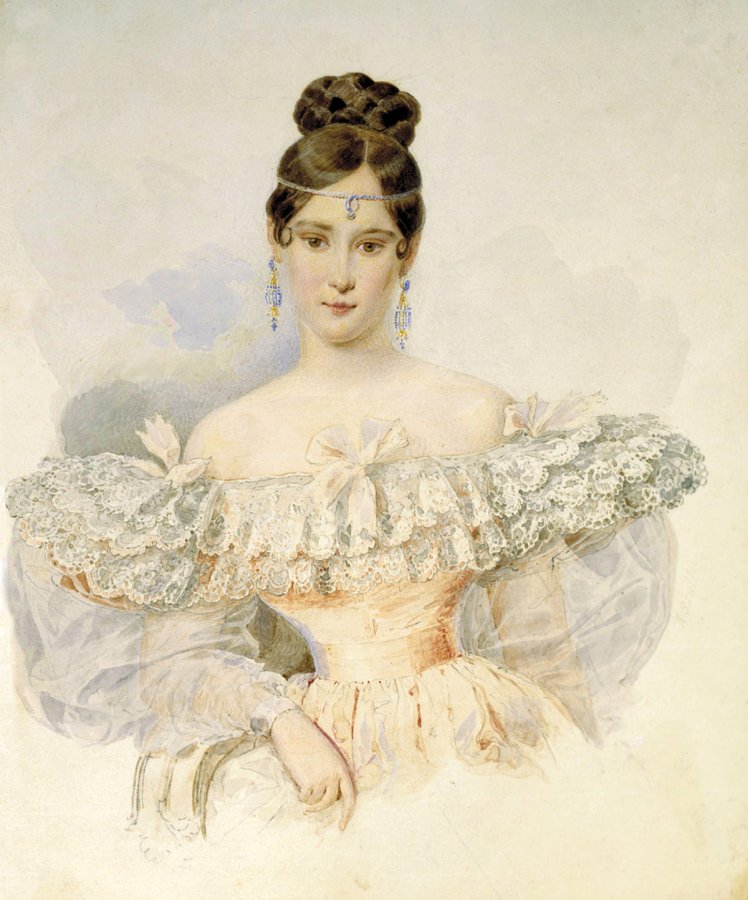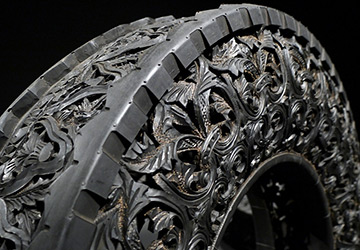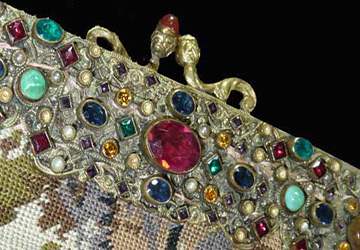Money
The real value of contemporary art
Pragmatic girls avoid acquaintances with sculptors and artists, there are good reasons for that - most creative people have small and unstable earnings, sometimes they even vegetate without money. But along with this, we can see the results of auctions at auctions where they sell objects of contemporary art. It should be noted here that prices for some lots really exceed reasonable limits.
Sometimes you look at a painting, sculpture or installation, sold for many millions of dollars, and you wonder why? Why are people willing to pay so much money for this abomination? Associations with abomination arise when a person tries to draw parallels and compare works of art created by Michelangelo, Raphael and contemporary masters. Of course, not everyone uses such a harsh word - an abomination, but visiting galleries of modern art, I have often heard such comments about this or that "masterpiece"
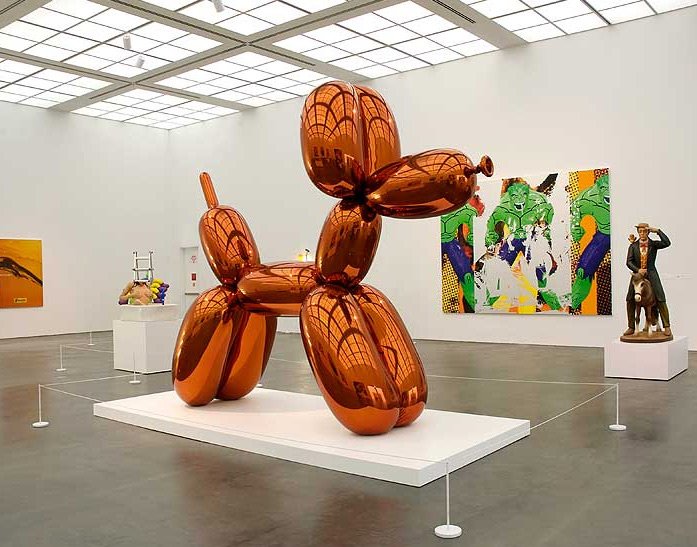
Why do people pay money for contemporary art and who cares?
In order to understand the essence of the phenomenon, I will tell you a few events and examples from the recent history of Russia.
In the 90s, when the USSR collapsed, everyone got freedom, there was an opportunity to buy and sell anything. This time became a expanse for various scammers and crooks, some of whom came up with cunning schemes to withdraw money from the gullible population.
I will tell you just one example. In the USSR, many anniversary rubles were issued, some coins were in use and had huge circulations, some were issued in small circulations, but they were also used as a payment unit. But there were other rubles, which were stamped exclusively for collectors. Sometimes they were made in silver, had a glossy polished surface, and were enclosed in plastic capsules for safekeeping.
In general, there were many jubilee rubles, and only a tiny fraction of them was worth some money. The bulk cost a little more than the cost of the metal from which it was made. Only people tend to fantasize, dream about earnings and treasures, think that if they have some kind of coin, it is necessarily valuable.
Cunning schemers decided to take advantage of human weaknesses and launched the following profit scheme.
There were a lot of jubilee rubles, having connections they can be purchased in bags. I myself have seen a lot of bags with these coins on some individuals!
Further…
Tricky ads were given in free classified newspapers. In some it was written - I will sell anniversary rubles with Lenin for a dollar apiece. In others, on the contrary, someone wanted to buy rubles at a very tempting price.
If you called and offered to buy, the number either did not answer, or the person reported that he was busy today and asked to call back later, along the way asking about other things, for example, silver coins, statuettes, porcelain, gradually turning the conversation into another direction. If you didn't have any other things that really interested him, he postponed the meeting and the purchase of rubles for various reasons.
Thanks to announcements and conversations about the high cost of anniversary rubles, people formed the opinion that old rubles with Lenin really cost a dollar or more for one coin. Get 100 old coins and you have $ 100 in your pocket! In the 90s, $ 100 was a significant sum, so people fussed around and, on occasion, fell for the bait of cunning.
When various fables were spoken about rubles, people began to appear at various flea markets selling all sorts of rubbish - like old clothes, tattered books about Lenin, and along with this rubbish they offered anniversary rubles.
The gullible man in the street has seen announcements of the purchase of commemorative rubles many times, he knows for sure that collectors are buying these coins! Seeing a peasant in a sweatshirt and a tattered hat with earflaps selling a whole bag of rubles, our man in the street lost his composure, he was already counting the fat, how much he could earn, because he is smarter than this drunk!
People pulled all the money out of their pockets, or even offered to take a taxi, home for money, and bought all the rubles from the alleged alcoholic. Satisfied, they counted the coins, figured out what they could buy with the money they earned. But when they called "collectors", no one bought their rubles. In general, these rubles remained a dead weight, sometimes they were slowly sold to other job seekers, even more stupid.
There were many similar stories in the 90s. The most important thing is that having bought a bag of anniversary rubles, you could not complain anywhere. Where to complain and what to say, I bought rubles, dreamed of making a lot of money, but I didn't succeed? If you go to the police and write a statement, at best they will laugh! The situation is very strong reminds Buratino, who also dreamed of increasing money by burying it in the field of miracles, so there is nowhere to complain.

A similar scheme works in the pricing of contemporary art. There are people and foundations that have agreements with artists. Together, they constitute a certain force that shapes public opinion and keeps prices for contemporary art objects.
Although not all are like that, there are people in this mechanism who actually like contemporary art, because it can be different. But the main point is the following - works of contemporary art are not worth the money that is paid for them at auctions.
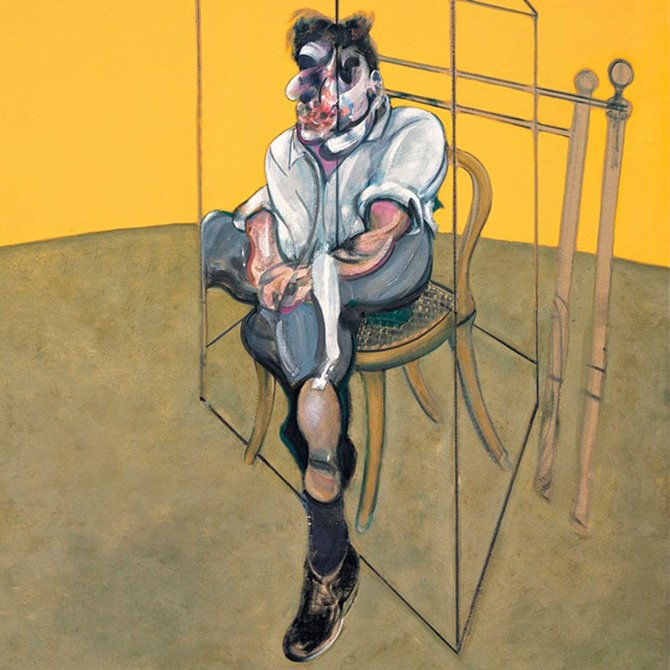
Triptych "Three Sketches for a Portrait of Lucian Freud" by Francis Bacon sold for 142.4 million dollars. Christie's did not disclose the name of the buyer.
But what about millionaires and billionaires who pay money, are they stupid?
There are people of all cultural and intellectual backgrounds among the wealthy, but most bidders understand that when they buy a work of art for millions of dollars, they are paying an inflated price. At the same time, they perceive everything as a game, they know that it is not only they who buy, but many other rich people, which means that it is not profitable for any of them that prices fall. As a result, prices are holding or even rising. Is it a bad game for those who want to make investments and at the same time touch the world of art, make new contacts ...

This is the pricing model for all these awkward installations, painted canvases and strange sculptures. But until the rich get tired of the game of art, they will continue to play, raising bids at auctions, thereby creating an opinion in the public consciousness - the greatest "masterpieces" are being sold!
The bulk of people depend on public opinion, seeing an absurd work of so-called modern art, they feel that it is disgusting or incomprehensible to them, but they are afraid to admit it, due to the fact that they will be considered uncultured ignorant, so they are forced to pretend and pretend, that they carefully consider and understand the "masterpiece". Although over time people get used to everything. Several decades will pass, generations will grow up who have never been to museums with real art, but have seen art only on the pages of the media, which tells how another "masterpiece" was sold for 50 million dollars!
One gets used to everything and everything can be perceived naturally. It's no secret that an ordinary Russian and a European will not kill a cat or a rat in order to cook an exquisite dish out of it. Only not all people are the same, there are others who have eaten dead cats and stewed rats from generation to generation. But they ate these dishes not because they liked it so much and they had an exquisite taste, but because they had nothing else!
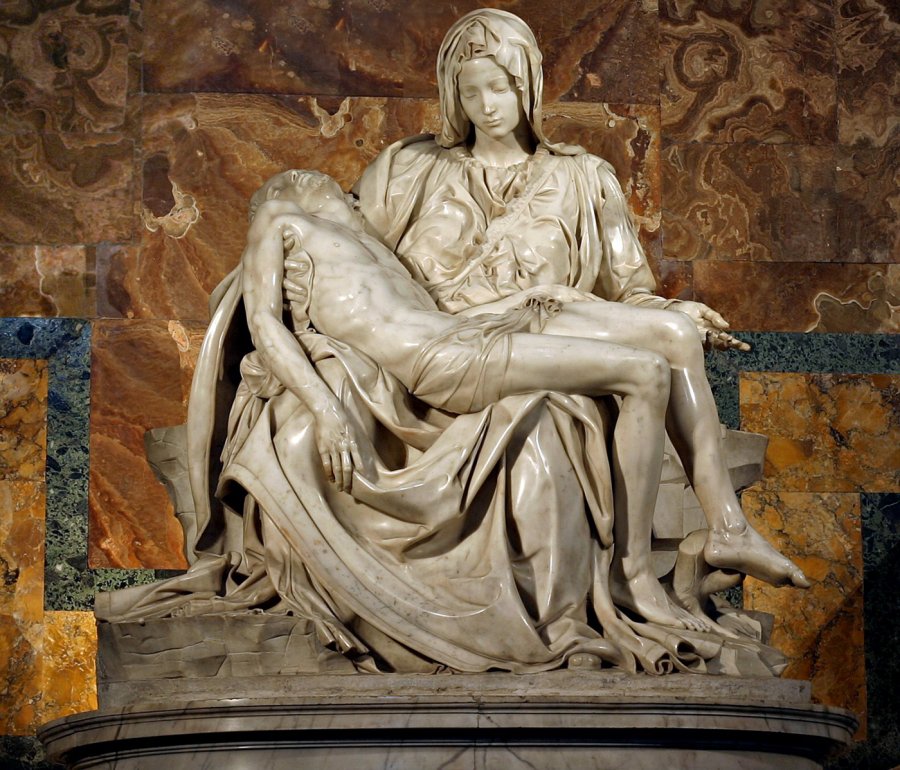
Photo from above by Michelangelo.
In the photo below is a famous "masterpiece" of modern art, "Reclining Figure" sculpture by Henry Moore (1951). Christie's sold The Reclining Figure for $ 30 million.This despite the fact that Moore cast 5 copies of the sculpture.
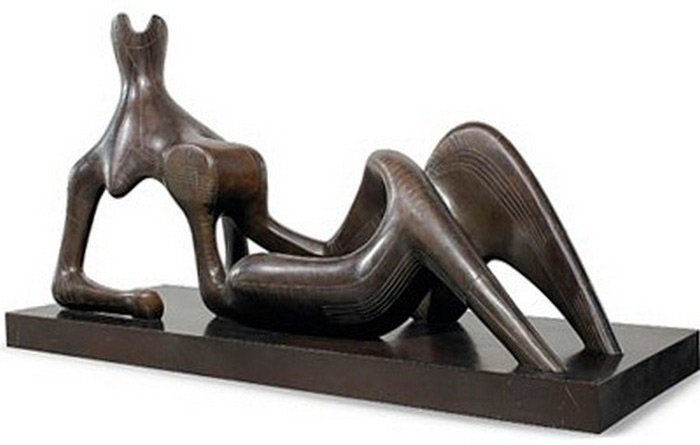
So it is with art, when Michelangelo is absent, contemporary art takes his place. But if, in the case of food, you have to eat every day and you have to buy food, then with art everything is easier. To understand true art, you do not need to possess these things, you just have to contemplate true works of art in museums and on the Internet.
In conclusion, I want to say that not all contemporary artists create works that can be called an abomination. No, there are also worthy creators, just in the modern realities of the interweaving of business, media and art, it most often comes to the surface ...
Comments and Reviews
Add a comment
Rating news
Shades of clothing that make women look younger
What shades of hair make women younger: rules and photos
Funny wedding dresses - photos and ideas
12 most expensive down jackets for the winter
How to look 25 at 40: tips from supermodels
Beautiful schoolgirls
Anti-aging haircuts and hairstyles for women
Fashionable skirts for autumn and winter
Fashionable women's trousers for the cold season
Fashionable and stylish sandals for summer 2024
Spring-summer 2024
 Fashionable dresses and tops with thin spaghetti straps
Fashionable dresses and tops with thin spaghetti straps
 Bandana tops: how to wear stylishly and beautifully
Bandana tops: how to wear stylishly and beautifully
 How to put together the perfect men's wardrobe for the summer
How to put together the perfect men's wardrobe for the summer
 Fashionable shorts for spring-summer 2024
Fashionable shorts for spring-summer 2024
 Fashionable skirts for spring-summer 2024: a guide to online shopping
Fashionable skirts for spring-summer 2024: a guide to online shopping
 The most fashionable dresses spring-summer 2024: styles and colors
The most fashionable dresses spring-summer 2024: styles and colors
 Fashionable total look 2024: ideas of images and trends
Fashionable total look 2024: ideas of images and trends



